The river speaks: new app transforms a casual stroll into a time capsule
Every morning, the eucalyptus trees along the Pediaios River greet me as I walk Nicosia’s linear park. The sound of birds chirping almost drowns out the traffic if I focus hard enough. But this river, Cyprus’ longest, has more to say than its tranquil surface reveals.
I recently explored this hidden world through The River Speaks: Water, Land, and People on the Pediaios, a self-guided mobile app created by Despo Pasia and Evanthia (Evi) Tselika to bring the river’s stories to life. The app blends audio narration, historical maps, quizzes, and archival images to offer an interactive walking tour like no other as part of the research programme Economy, Environment, and Landscape in the Cypriot Longue Durée.
It draws hydrological data from Horatio Kitchener’s 1883 map of Cyprus and is packed with fascinating details about the history of water in Cyprus and how the area developed. Best of all, it is easy to follow and free. What more could it tell me about the river I grew up next to?
On a crisp December morning, I began the walk where the linear park begins at the Nicosia Municipal Gardens, headphones on, following the app’s prompts. It was a 45-minute route that reaches until Neoptolemos Michaelides’ house and returns back to the starting point. The narrator encouraged me to breathe deeply and notice my surroundings. Calming music and the sound of running water accompanied details about Pediaios’ name, bridges, and how urban development reshaped its flow.
As I walked, the app urged me to pause, observe, and reflect. Following its suggestions, I went exploring and stumbled upon mushrooms, which surprised me – in the heart of the city! A childhood memory of searching for frogs in this part of the river with my cousins came flooding back as the app described the river’s flora and fauna. At one point, it asked me to look up at the eucalyptus trees, their finger-like leaves swaying gently in the breeze.
Cyclists, joggers and dog walkers passed me, but few seemed to notice the hidden gems the app revealed: a windmill, remnants of the past, and a microsystem that persists even when the water is scarce. Archival photographs the app contained showed glimpses into the lives of locals then – how they bathed, where they washed their clothes in the river, how different religious groups used the hammam and how water moved around the city. Pediaios is an integral part of Nicosia, a landmark perhaps, so why don’t we know more about it?
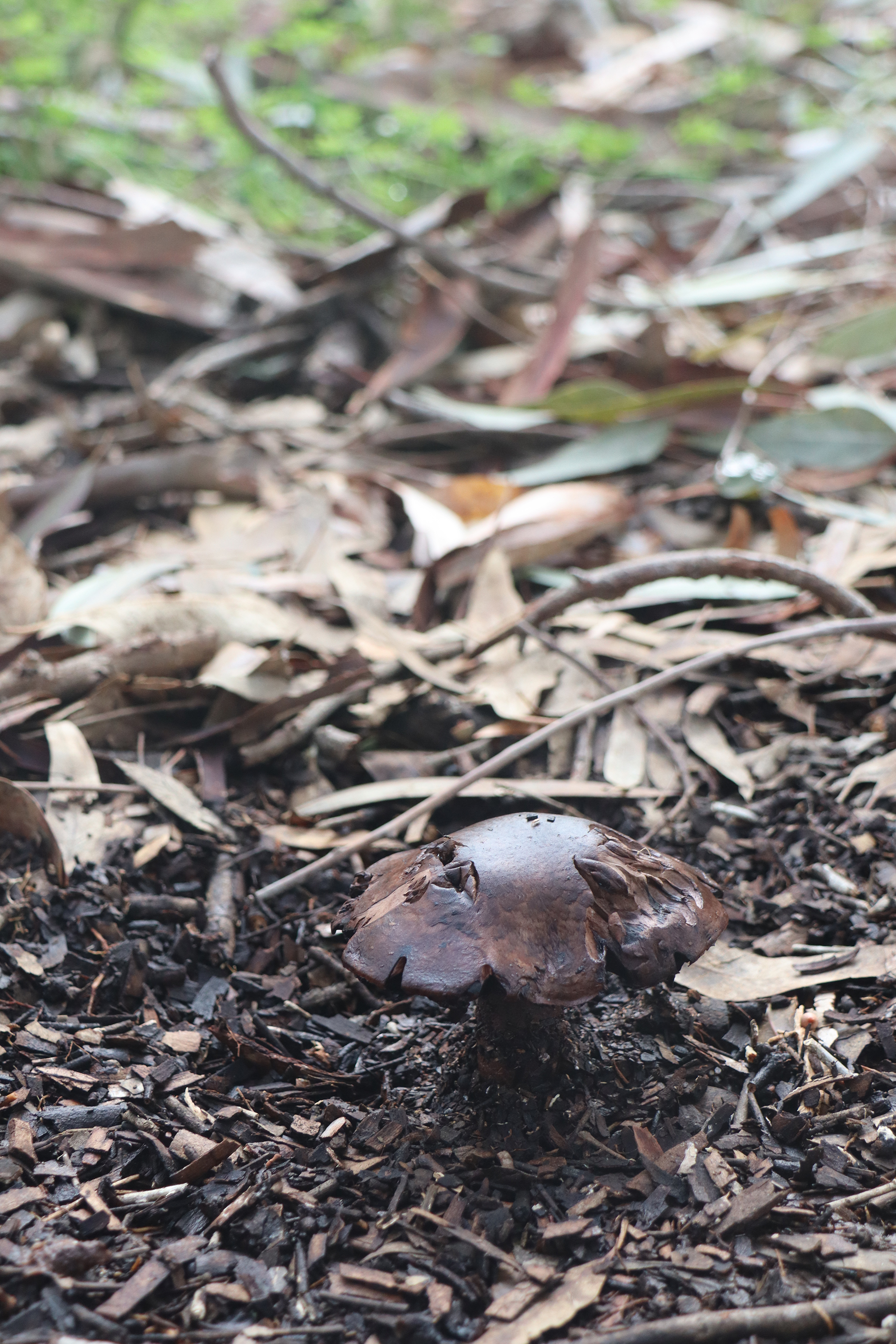
“When we first started working on this in 2017, there was very little material about the river,” Evi said. “That was one of the reasons I was interested in Pediaios,” Despo added, “because it was an element that is there, but completely obscure. Water, environment and environmental art are important all the time and now they are becoming hot issues in terms of water scarcity.”
Evi, an Assistant Professor at the University of Nicosia, has carried out extensive research on water and Despo, a Museum & Art Educator, found interest in environmental elements that were almost invisible. A research project was born, hosted by Harokopio University in Athens, and funded by the Sylvia Ioannou Charitable Foundation which explored the intersections of history, geography, economy, society and environment in Ottoman and British Cyprus.
It resulted in two educational booklets (Flora Nostra: Using Art to Map the Flora Around Us and The River Speaks: Pediaios in Time and Space) and the mobile app. The booklets address educators though they are easy for anyone to follow (https://ecoland.hua.gr/). The app is a more fun and experiential way to learn about environmental cultural history. While currently available only in Greek, plans to translate both the app and booklets into English aim to make them accessible to non-Greek speakers and visitors.
Apart from discovering windmills, where the proud eucalyptus trees came from and how water entered the city centuries ago, Evi and Despo share a little-known fact: Pediaios river is not actually a river. It is a torrent.
It flows from Troodos, through the Machairas mountains and enters Nicosia under the disguise of a river, descending to the Mesaoria plain until it reaches Famagusta. This revelation, to me at least, was one of axes the project wanted to develop, Despo said.
“One was to bring forward the different relations that people had with water and Pediaios inside the city but not only. The second, was to provide people the opportunity to perceive the river not only in terms of time, but also space. To understand that the river is not just there. It expands to mountains, the valleys we do not see and that there is an actual place that it meets the sea and it has a name; Glapsides.”

This realisation it was a torrent even if it currently doesn’t look like one, added to my app-guided walk on a day rain had filled parts of it with running water, which made the walking experience all that more wholesome.
“There’s all this body of art literature on walking and how it helps,” says Evi. “People anyway walk this path, but we are asking them to walk it and maybe view it in a new light. You might think of this mostly absent water source, but for me, it is there because it develops a microsystem.”
The app prompts walkers to snap photos, create nature art, or compare their surroundings with archival images of old Nicosia. It was an esoteric experience and I appreciated doing it solo as following the narration requires a touch of mindfulness.
There are opportunities to experience it with others however. Despo and Evi organised a walk for educators recently as part of the 1st Sustainable Pediaios Festival and during an upcoming conference in early February they plan another guided nature walk, in English and open to the public.
An invitation to stop, look and learn is what the app encourages, paving the way for deeper connections between people, environmental history and urban development.
“Nurturing an intimate relationship with landscape is at the heart of the app. Maybe through it, people can create a more personal interaction with it,” Evi and Despo conclude. “We might not see the river always but underneath it is there.”
For more information on the whole project visit https://ecoland.hua.gr/el/. The app is available for free on Google Play and the App store

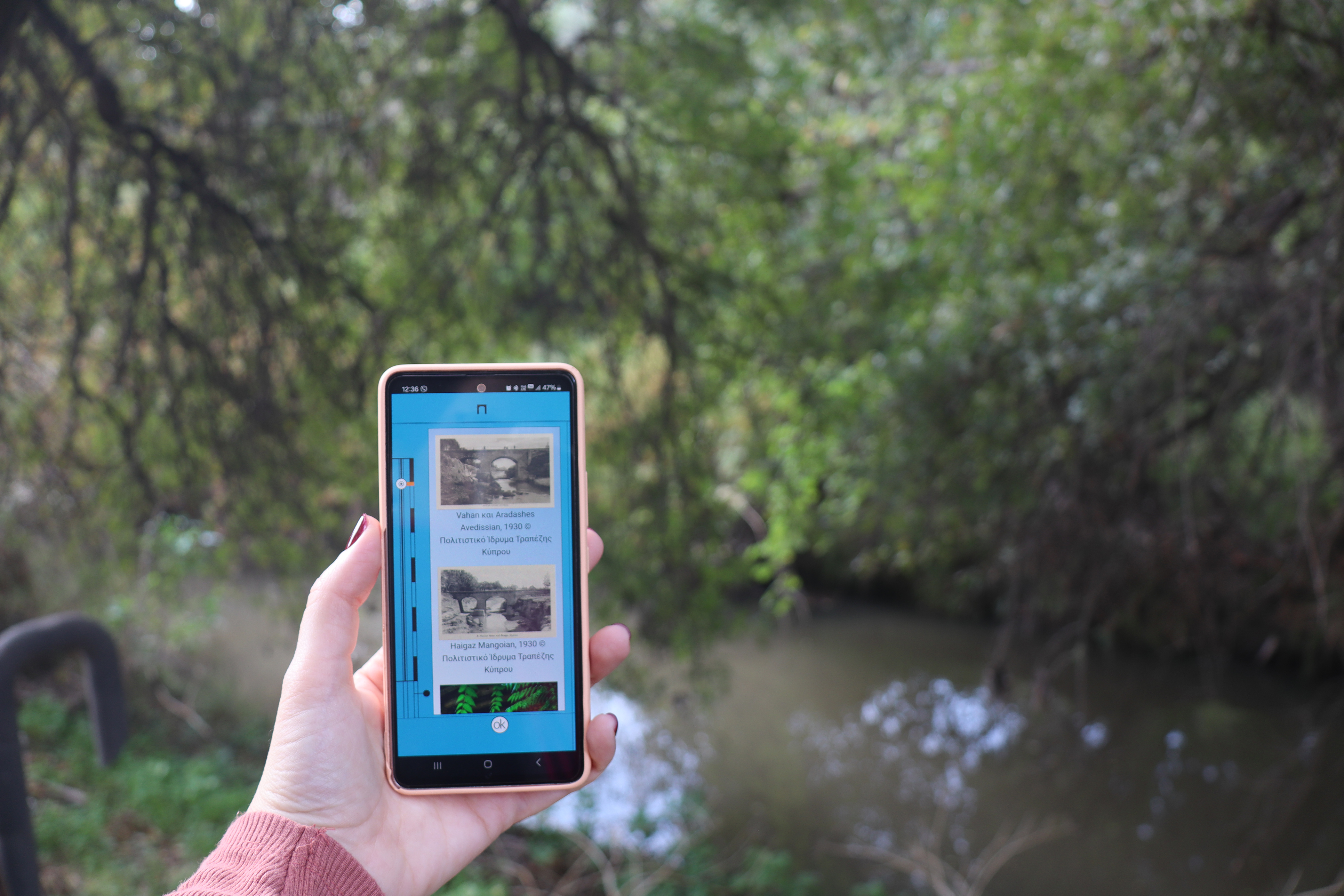
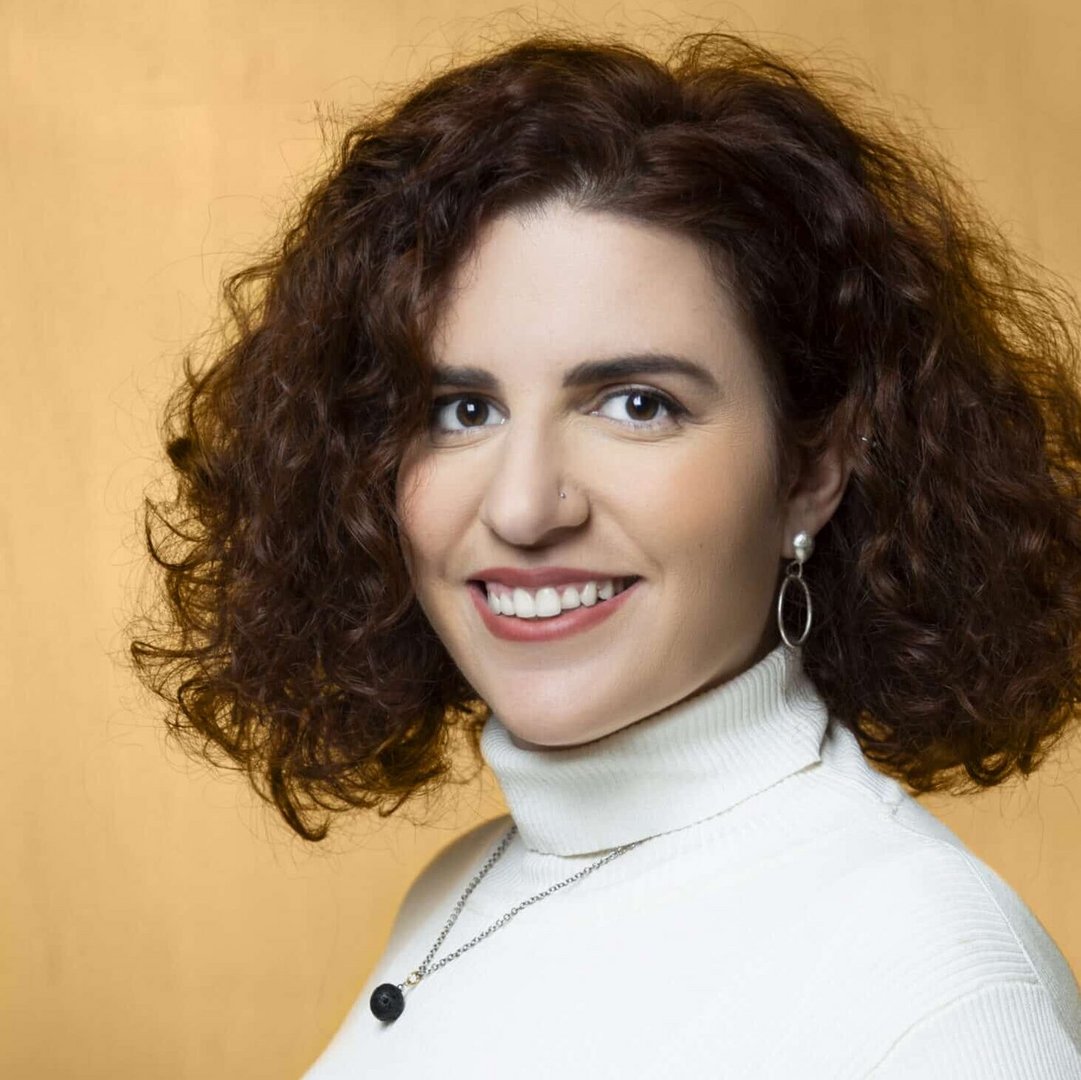
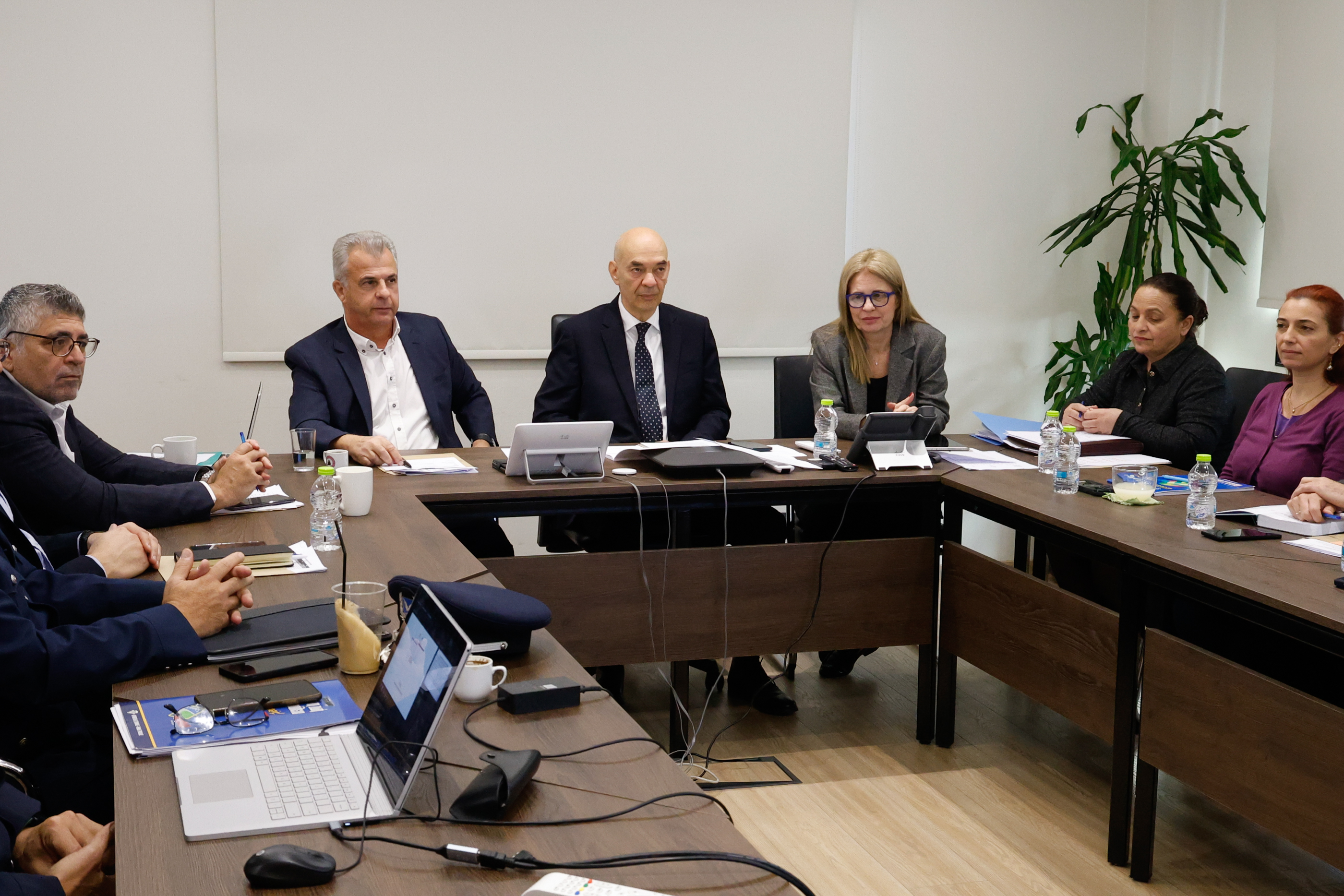
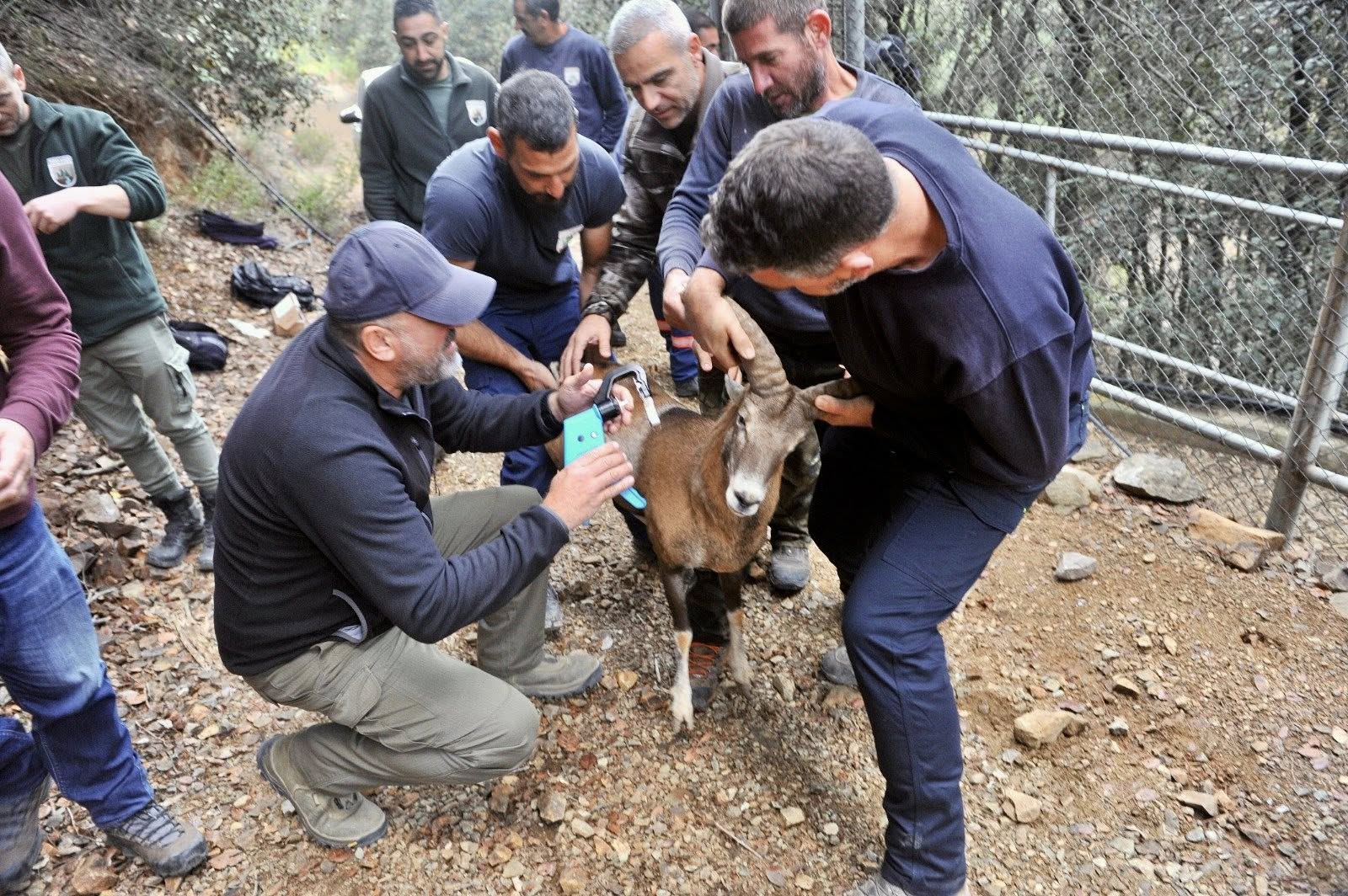
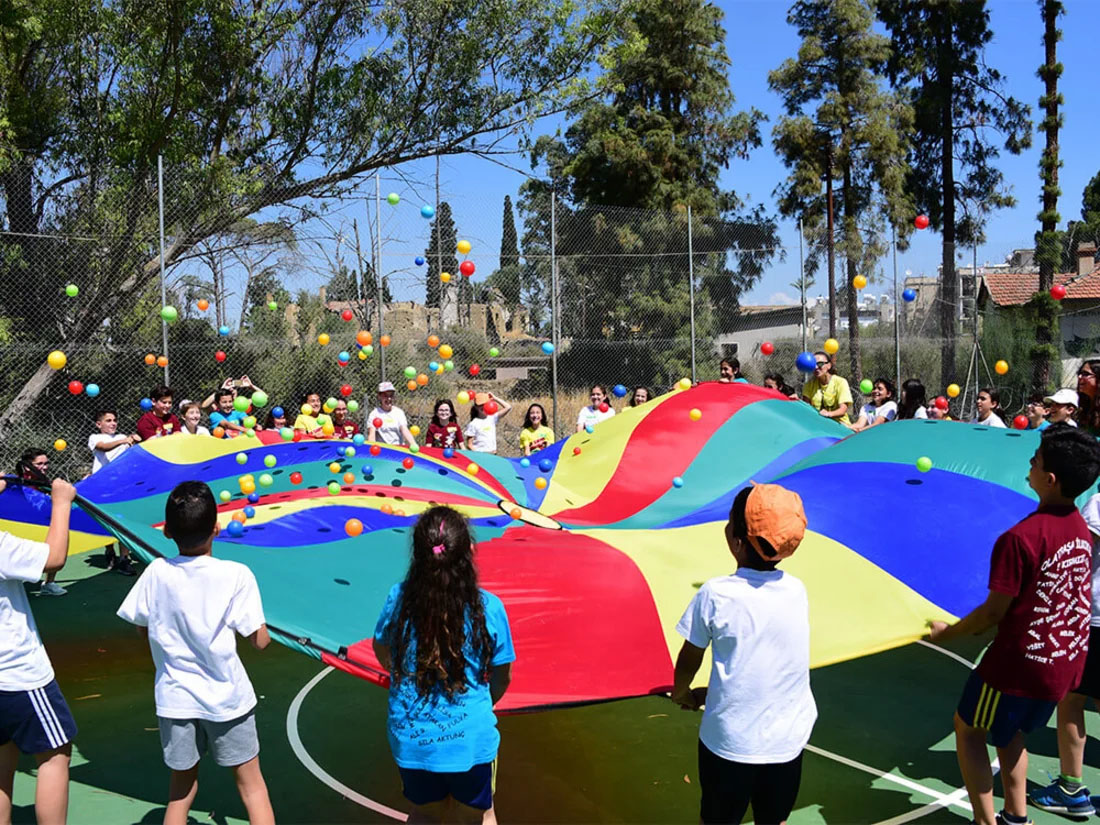

Click here to change your cookie preferences